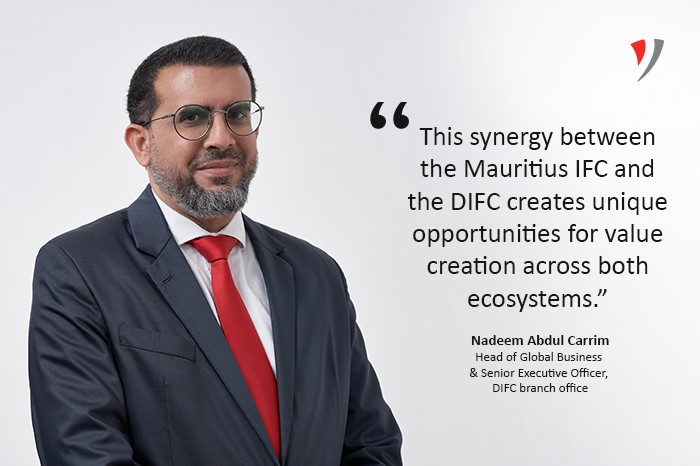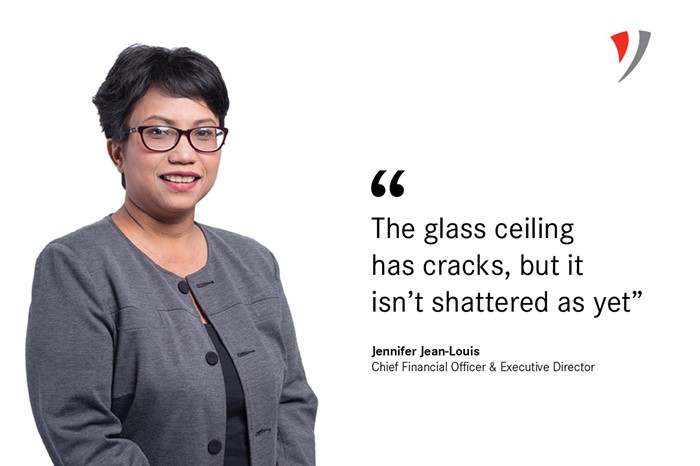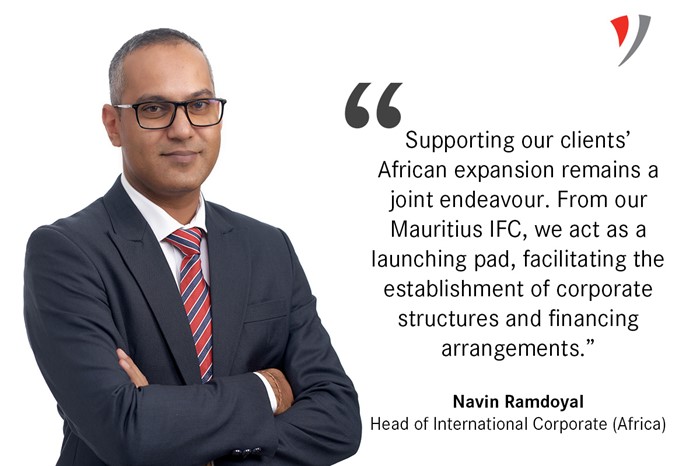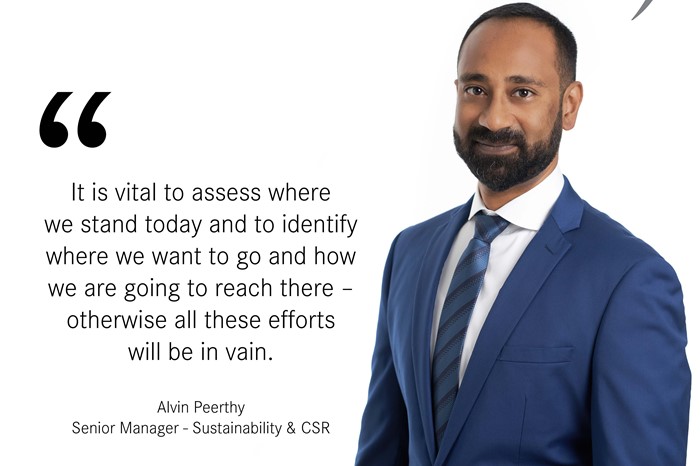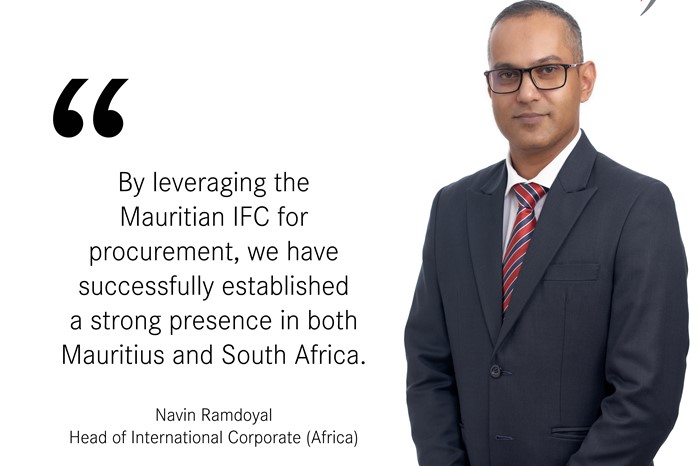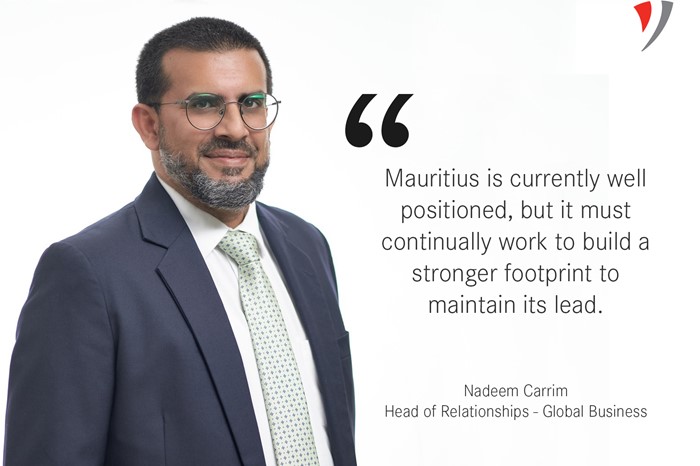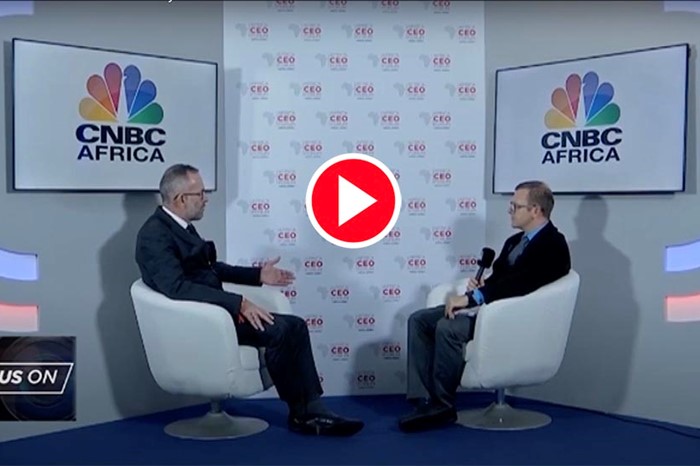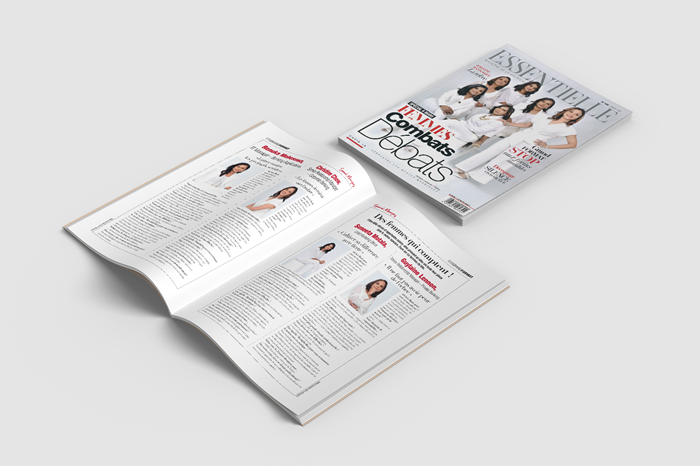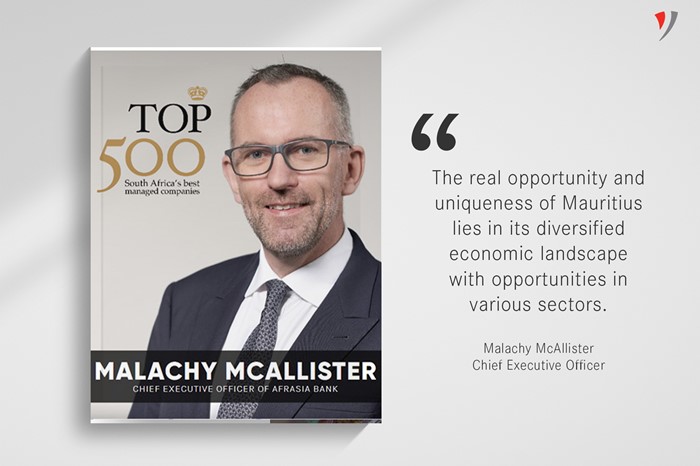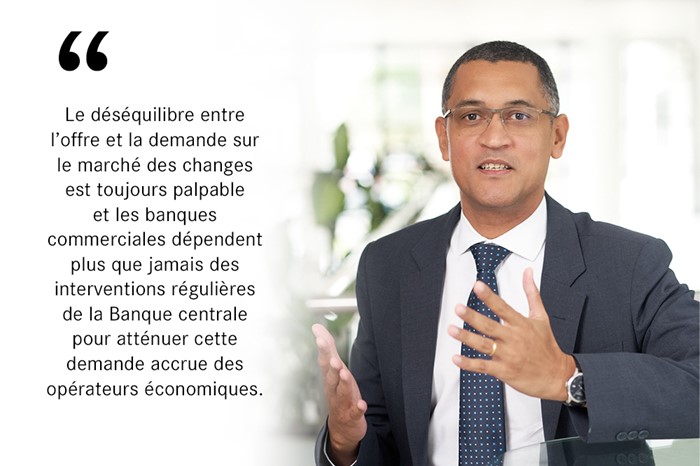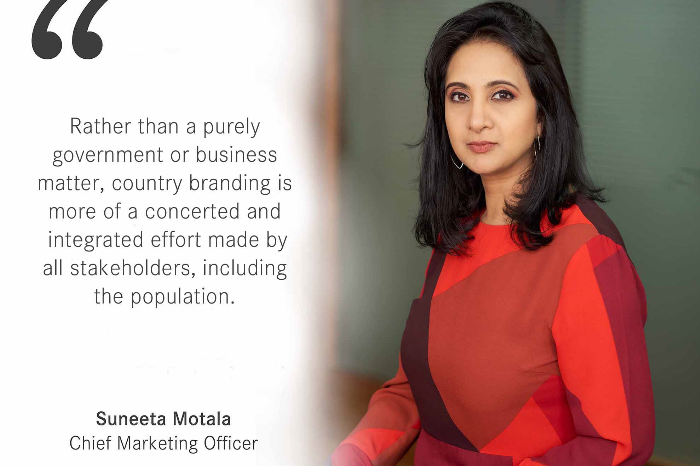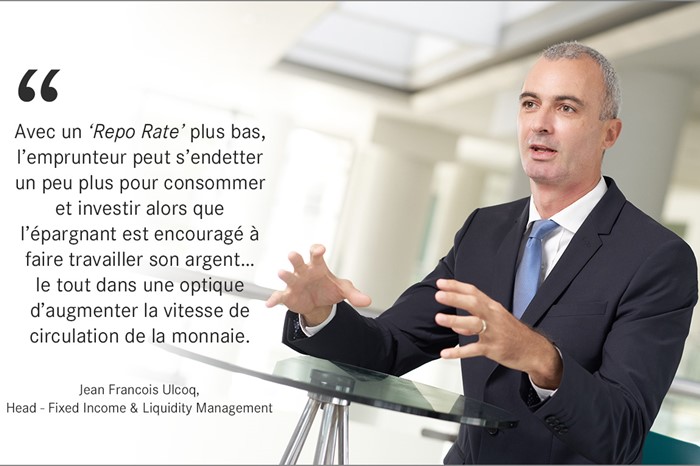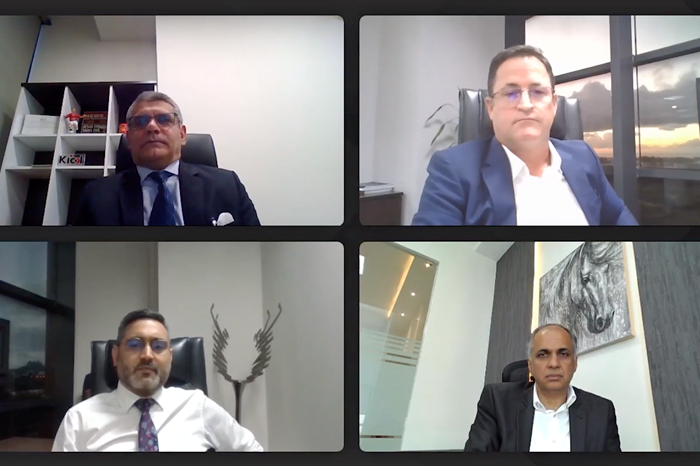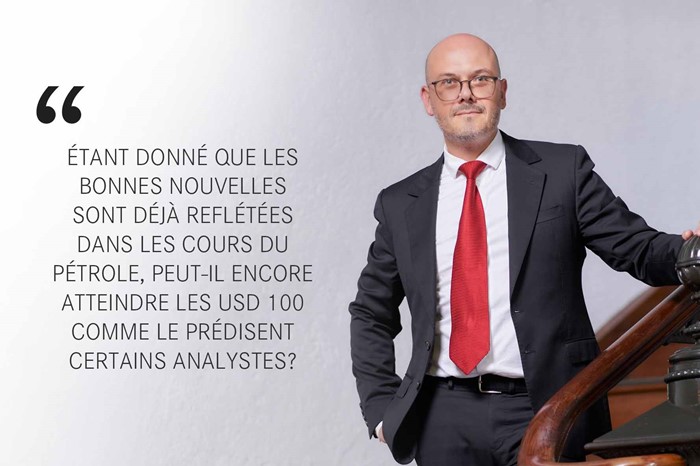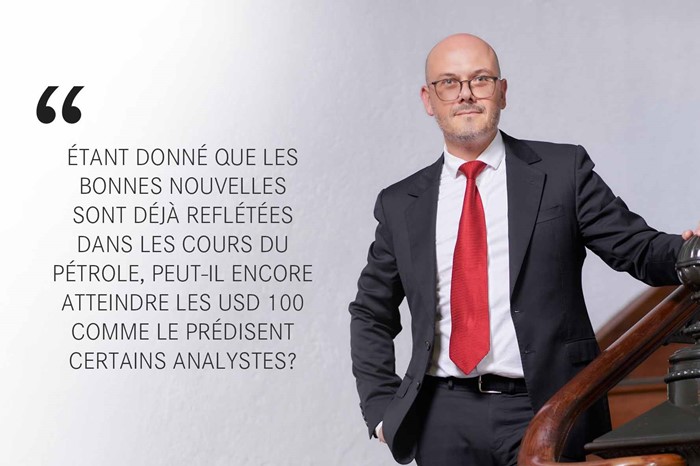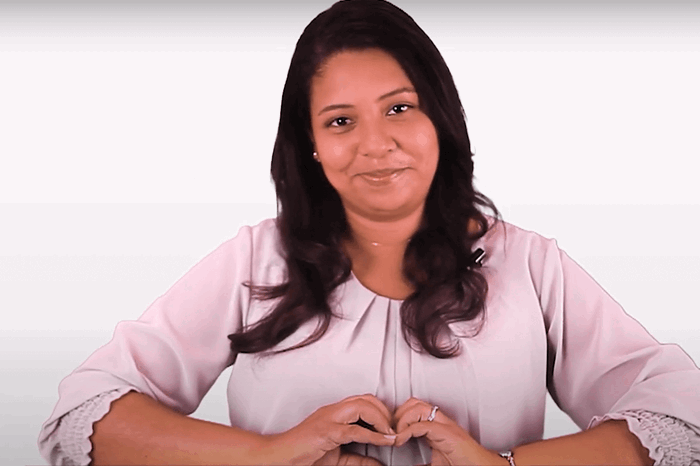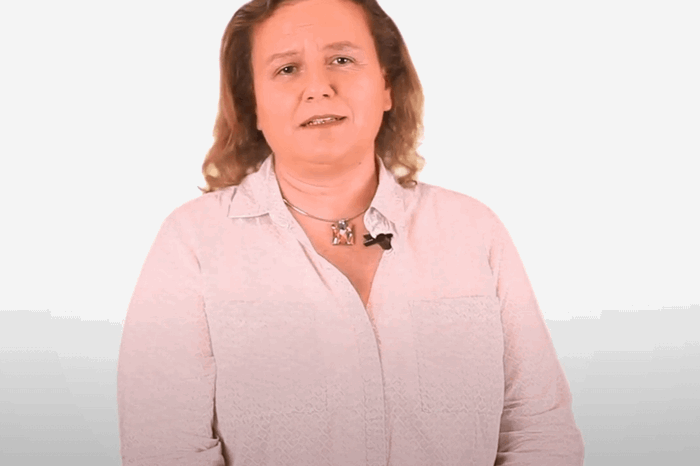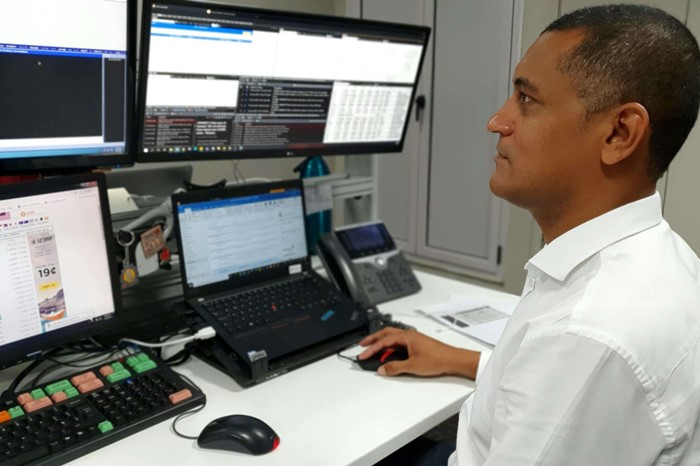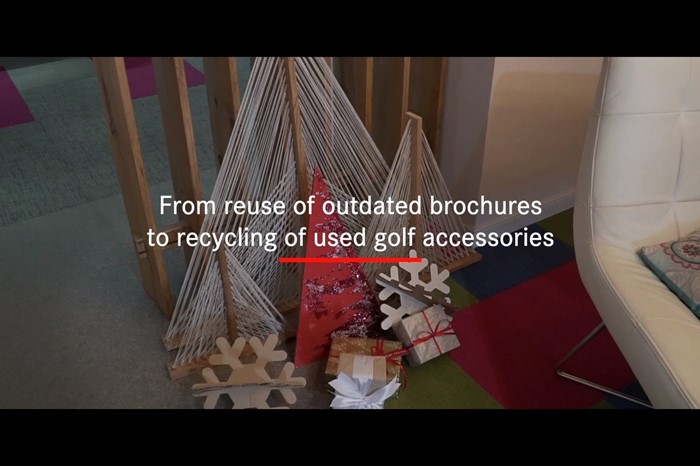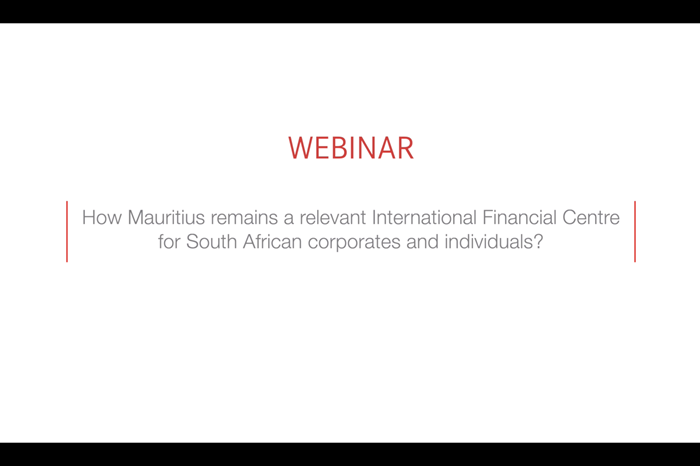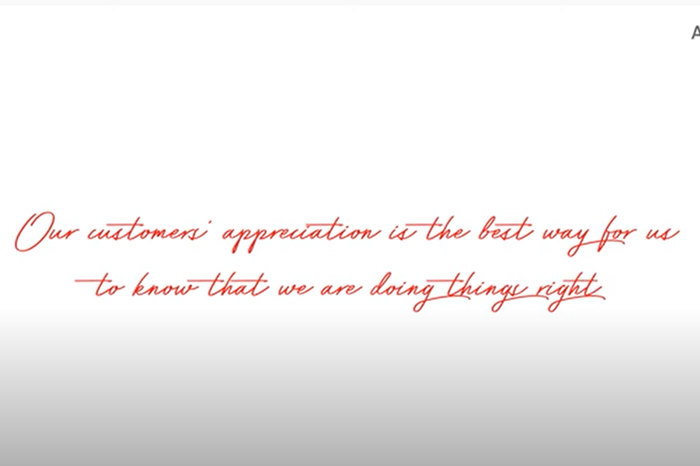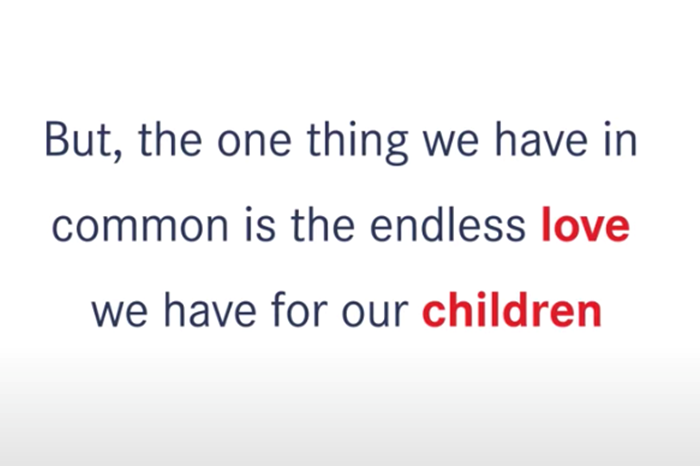
In this post-Covid-19 period where banks are particularly vulnerable, how can IFRS 9 help them to better provision for doubtful loans, especially for segment B?
During the 2008 financial crisis, the late recognition of credit losses on loans were identified as a weakness in current accounting standards. The incurred loss provisioning was often “too little” and “too late”. IFRS 9 introduced a new impairment model, which requires faster recognition of expected credit losses. The new model distinguishes 3 phases and help to better recognise provision in a timely manner:
- upon investment, the entity recognizes the expected losses over 12 months
- secondly, if the credit risk increases significantly, the expected losses over the term of the loan must be recognized and asset is classified as stage 2,
- lastly, if credit quality deteriorates to the point that the collectability of the principal is threatened, the asset is classified as stage 3.
IFRS 9 is much more sensitive to new information as compared to IAS 39 with the inclusion of forward looking information based on economic outlooks in-built in its framework. Hence, it aims to better reflect the underlying economics of the financial risk transactions. As such, the inherent risks associated with Cross Border transactions get captured within the ECL models, factoring in country risk and point-in-time financial market information, over and above the counterparty risk assessment.
Is IFRS 9 a valuable tool for the heads of internal control departments in banks?
Yes, indeed it is. The adoption of IFRS 9 has enabled banks to enhance their internal control systems with a better end-to-end management process. IFRS 9 has prompted banks to consistently evaluate their overall risk appetite framework. Banks are now required to analyse high frequency market data in order to improve the risk assessment of their products, services and processes. At the same time, it has created a framework that ensured credit decisions are consistent with the banks overall strategy and product portfolio. Under the IFRS 9, banks are required to adjust their portfolio strategy at a more granular level by carefully revising their limits on risky assets. This is especially important in a COVID context where banks need to support the economy while managing their credit risks and assessing for permanent damages. Overall, IFRS 9 has reinforced banks’ risk management systems and enhanced their strategy implementation process.
How can the application of IFRS contribute to strengthening the stability of the financial system?
By requiring banks to enhance performance monitoring and increase the scope of active credit management, IFRS 9 enables banks to assess any potential credit deterioration in advance. This resulted in a more stable financial system as banks are able to forecast and account for potential losses. Through its early warning systems, banks are able to identify clients who are experiencing difficulties and proactively assist them. The Expected Credit Loss (ECL) model embeds forward looking information which prepares banks for eventual worsening credit quality. Being one-step ahead, banks can revisit their balance sheet optimization strategies and their liquidity deployment initiatives to accommodate expected changes.
Is it fair to say that financial reporting standards used to be too complex?
The logical approach to the classification and measurement of financial assets has been greatly simplified, but same is not necessarily true for the forward-looking impairment model, based on "expected losses".
Despite the challenges in identifying relevant forward‑looking information, entities are still required to make unbiased estimates based on reasonable and supportable information that is available without undue cost or effort at the reporting date. Many credit loss models built on historical data are struggling to produce reasonable estimates in a COVID context, characterized by double-digit unemployment, massive GDP declines and the uncertain recovery speed of global economies.
The prospect of negative interest rates would also wreak havoc on mathematical models expecting strictly positive values. Therefore, we need to regularly consider multiple scenarios in our projections and planning. We must also build systems that are flexible and fast enough to respond to shifting conditions. Adaptability and resiliency are far more important than the false precision of a complex statistical analysis of history.
The new standard is known to have impacted the financial operations of banks. But with hindsight, don't you think that this transition was necessary, especially at a time when banks need to be more rigorous on credit risks?
At best, the old model of the incurred-loss framework failed to provide investors with any information they didn't already know during the last recession. But the adoption of the ECL standard couldn't have come at a worse time. Earlier this year, companies were just getting used to the idea of embedding forward-looking estimates into financial reporting when the most severe economic shock since the Great Depression hit. Given the enormous market volatility and the difficulty of forecasting in a time of extreme uncertainty, some are now questioning whether we should review the whole ECL experiment. However, this would be counterproductive.
Forecasts are the backbone of ECL computation and investors understand that forecasts are subject to change. Thus, IFRS 9 brings along a continuous risk assessment and monitoring framework as opposed to the IAS 39, which only accounts for losses that have been incurred. In summary, IFRS 9 provides much more information about a bank's risk profile than the incurred-loss model ever did.
